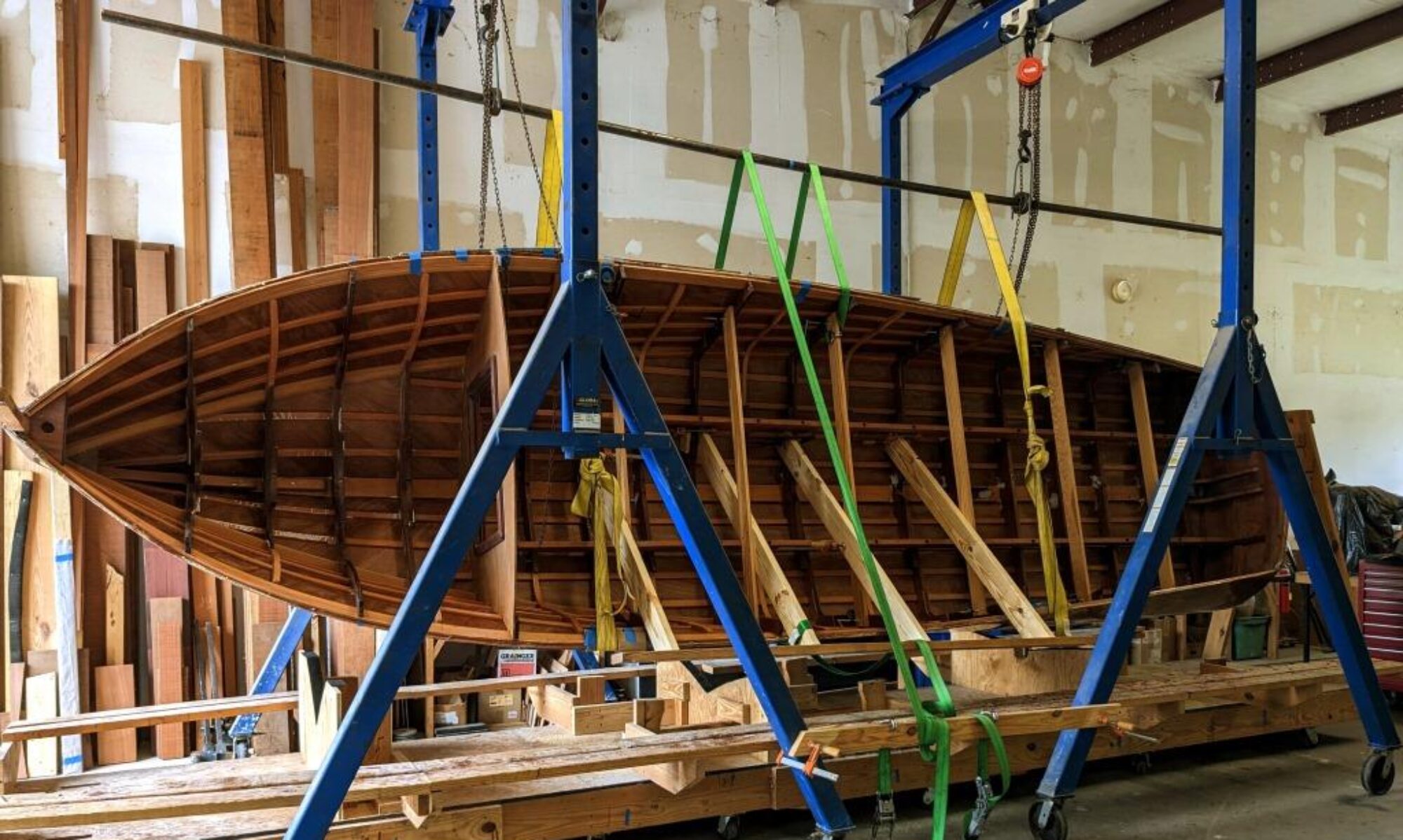 I had originally intended to have someone else rebuild the engine. I was going to open it up to make an assessment of how much of a rebuild was needed, and once I got it apart, I found that it was in pretty good shape. Re-boring would not be necessary, and valve clearances appeared to be good–no major wear on the lobes of the camshaft. The crankshaft was in good shape and did not need machining. So I decided to handle it myself. I don’t have the machinery to do serious machining, but I can handle a moderate rebuild.
I had originally intended to have someone else rebuild the engine. I was going to open it up to make an assessment of how much of a rebuild was needed, and once I got it apart, I found that it was in pretty good shape. Re-boring would not be necessary, and valve clearances appeared to be good–no major wear on the lobes of the camshaft. The crankshaft was in good shape and did not need machining. So I decided to handle it myself. I don’t have the machinery to do serious machining, but I can handle a moderate rebuild.




The engine for the boat is the original Chris Craft K engine. It bears the number shown on the hull card for the boat that I got from the Maritime Museum (see previous post). The engine block– a flat-head 6 cylinder, was built by the Hercules Truck Company, and Chris Craft marinized it by adding their own manifold, and some other pieces. It is a 95 hp hunk of cast iron that weighs in at 660 lbs. In 1949, they weren’t doing a lot of pressed steel, so even the oil pan on this engine is cast iron. It has a single barrel up-draft carburetor, naturally aspirated.

The rebuild involved tearing it down to see what kind of shape the bearings, crank, pistons and cylinders were in. The word I got from the previous owner was that he had fired his mechanic in the middle of rebuilding the engine and some one else had put it back together. This is never good news. I wanted to make sure there were no critical missing parts (like bearings!) and see just what needed to be done to get this baby running again.
 First things first–I ran a compression test on the engine before opening it up. It had oil in it, and it was dirty, so it had be run. But I wasn’t going to risk running it without seeing the inside first. The compression test results were good–all cylinders within 12 psi of each other and around 125-135 psi with no significant leakdown. The bearings and tolerances were in reasonably good shape, but were replaced since I had torn the engine down to that level anyway. Many of the ancillary pieces such as the ignition coil, and distributor had to be replaced. There was no one to rebuild the existing water pump (a brass gear pump), and an impeller pump was a better alternative for a raw water pump anyway. Both the generator (not alternator) and the starter motor were shipped out to be rebuilt and converted from 6 volt to 12 volt systems. Also, I rebuilt the original updraft carburetor.
First things first–I ran a compression test on the engine before opening it up. It had oil in it, and it was dirty, so it had be run. But I wasn’t going to risk running it without seeing the inside first. The compression test results were good–all cylinders within 12 psi of each other and around 125-135 psi with no significant leakdown. The bearings and tolerances were in reasonably good shape, but were replaced since I had torn the engine down to that level anyway. Many of the ancillary pieces such as the ignition coil, and distributor had to be replaced. There was no one to rebuild the existing water pump (a brass gear pump), and an impeller pump was a better alternative for a raw water pump anyway. Both the generator (not alternator) and the starter motor were shipped out to be rebuilt and converted from 6 volt to 12 volt systems. Also, I rebuilt the original updraft carburetor.
Stay tuned for a short video of the first running of the engine.

SO cool! This is not your first engine rebuild and it shows. Nice job Tim Taylor.
Thanks Lisa. This one runs really nice. I’ll see if I can figure out how to post a video of it running!
Tim